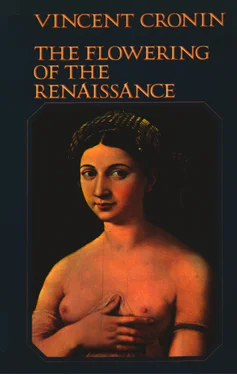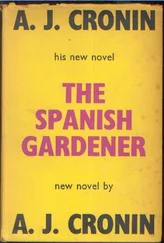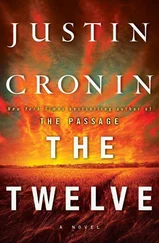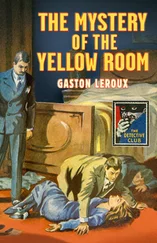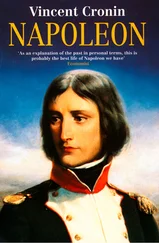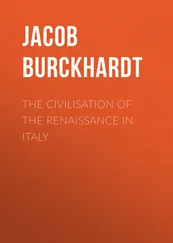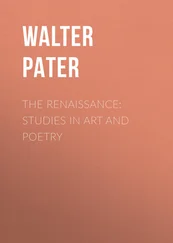In 1447 Tommaso Parentucelli, the son of a poor Tuscan physician, was elected Pope with the title Nicholas V. It is an important date because Nicholas was the first Pope for 150 years to spend his whole reign in Rome. During centuries of war with the Emperor and his Ghibelline allies, the Popes could seldom reside for long in so vulnerable a city, and since 1100 they had spent more time outside Rome than in it. But with Nicholas V there began that continual residence which was to make Rome and the Papacy almost interchangeable terms.
The physical return of the Popes coincided with the return to the past we call the classical revival. Nicholas, a modest, peaceable man, had spent much of his earlier life in Florence. He was a close friend of Cosimo de’ Medici, and had been commissioned by him to catalogue Niccolò Niccoli’s library for the Convent of S. Marco. In Florence Nicholas read the newly discovered classical authors. Many priests condemned this ‘pagan’ learning and said it was a mortal sin to read books by adorers of false gods. But Nicholas, like his Florentine friends, welcomed it and recognized at how many points the ancient Greeks and Romans had surpassed the Italians of his day. He saw Ghiberti and Donatello making sculpture according to classical models and Brunelleschi building the soaring dome of Florence cathedral.
Nicholas was the first Pope to patronize the new learning. He invited scholars to Rome to translate into Latin such newly discovered Greek authors as Herodotus, Xenophon, Polybius, Diodorus and Appian. Though Lorenzo Valla had written a treatise discrediting the Donation of Constantine, Nicholas tolerantly made him a papal secretary and commissioned him to translate Thucydides at the handsome fee of 500 ducats. He paid 1000 ducats for the first ten books of Strabo and offered 10,000 for a translation of Homer. If an author showed scruples, the Pope would say kindly, ‘Don’t refuse: you may not find another Nicholas.’ He realized that he was breaking new ground and that later Popes might be less large-minded.
The city of Rome imposed a heavy burden on Nicholas, as on his predecessors. He had to patch up its seemingly endless wall, its old bridges and dozens of medieval churches. So it took an act of courage to decide to stretch already slender resources by beautifying the city. Nicholas called Fra Angelico from Florence to fresco his private chapel in rose and blue with scenes from the lives of St Stephen and St Laurence. He brought Renaud de Maincourt from Paris to found Rome’s first tapestry workshop. He planned to place the Egyptian obelisk near St Peter’s on four colossal figures of the Evangelists, as a spectacular symbol of the harmony between Christian and pagan thought. But his most ambitious plan concerned St Peter’s. The basilica was then 1100 years old, and its southern wall leaned outward to the extent of 3 braccia— 4 feet 9 inches. After discussing the matter with the Florentine architect Leon Battista Alberti, Nicholas decided completely to rebuild St Peter’s as a domed basilica with nave and double aisles. He got work started at once on foundations for a new choir, using 2500 cartloads of stone from the Colosseum, and although the foundations rose only six feet in his pontificate, a beginning had been made to a new conception of Rome. As Nicholas explained on his deathbed: If the faith of ordinary men is to be strong, ‘they must have something that appeals to the eye … majestic buildings, imperishable memorials and witnesses seemingly planted by the hand of God.’
Sixtus IV continued Nicholas’s work with all the determination of a Ligurian. He opened, straightened or paved many streets between the new papal residence in the Vatican and the civic centre on the Capitoline Hill. He built the bridge across the Tiber that still bears his name. He built the Sistine Chapel and decorated it with frescoes, notably Perugino’s Giving of the Keys to Peter , and Botticelli’s Old Testament scenes, chosen to show that the Pope was the successor of the priest-kings of Israel. He re-established the Sapienza, as the university of Rome was called, though the professors’ pay several times had to go to soldiers defending the Papal States. One of the professors was Pomponius Laetus, who had learned from Lorenzo Valla the importance of philology in reconstructing history; he made a large collection of Roman inscriptions—only a single Christian example was considered polished enough for inclusion.
Sixtus added 1000 manuscripts to the collection begun by Nicholas, mostly works of theology, philosophy and patristic literature. To house them he also built a splendid library in the new classical style, with round-headed arches on Corinthian columns; its walls were marble, and decorations included Sixtus’s family device, the oak-leaf and acorn. The library was heated in winter—an innovation at that time—and anyone might borrow books on deposit of a small sum. Sixtus got Melozzo da Forlì to paint a commemorative picture of himself in the new library, attended by the first librarian, Platina, and his nephew, Giuliano della Rovere, the future Julius II. Its inscription states that before Sixtus built the library, books had been stacked away ‘in squalor’.
The forty-odd cardinals whose role it was to help the Pope govern the Church also began to build. Raffaello Riario, another of Sixtus’s nephews, was lucky enough to win, in a single night’s gambling, the huge sum of 60,000 ducats, and sensible enough to spend it on what is perhaps the most beautiful of all Roman houses, later to be known as the Palazzo della Cancelleria. Though sparsely furnished, the cardinals’ new dwellings were hung with brocade draperies and their tables gleamed with heavy silver. Profiting from the recent improvement in textiles, the cardinals dressed in fine robes of red watered silk, adding for the street a red hood and their red tasselled hat; in Advent and Lent they wore violet. An innovation in the second half of the century was their right to a silk mitre and red biretta, as well as red caparisons and gilded stirrups for their genets and mules. With a retinue of between 80 and 100 servants each, the cardinals did on a smaller scale what the Popes were doing: built and stocked libraries, commissioned pictures embodying the recent discovery of perspective and took an interest in the city’s classical remains.
In the City of God St Augustine had described the sack of Rome by Alaric in 410 as a punishment for sin, in particular for the continuance of pagan practices and, ever since, classical remains had been viewed with awesome guilt. But with the discovery of Latin texts and inscriptions, scholars began to take a closer interest in ancient history and to study the ruins of Rome for their own sake. The first man to do so seriously is known as Flavio Biondo—inexactly as it happens, because Flavio is just an Italian form of Flavus, which in turn is a Latin form of Biondo. He usually signed Blondus Forliviensis, being a native of Forlì in the Papal States, and is best called simply Biondo. Born in 1392, he received a good education and trained as a notary. In 1420 he began a close friendship with Guarino of Verona, a pioneer humanist schoolteacher, and in 1423 married Paola Michelini, a noble lady of Forlì, who bore him ten sons. In 1433 he moved to Rome, and the following year was named apostolic secretary. As well as being a scholar Biondo evidently possessed presence and initiative, for he was sent on diplomatic missions to Venice and to Francesco Sforza, then just an ambitious condottiere. Biondo loved Rome with all the passion of a provincial. In his spare time he measured old buildings and tracked down faded streets until he was able to reconstruct the topography of ancient Rome, publishing his results in 1444–6 in three books entitled Roma instaurata. During the pontificate of Nicholas V he travelled the length and breadth of Italy in order to compile a historical and geographical survey of the peninsula, Italia illustrata , the first of its kind since antiquity. He also sought to interest various rulers, notably the King of Naples, in uniting Italy against the Turk. He returned to Rome and in 1459, four years before his death, published his masterpiece, Roma triumphans.
Читать дальше
